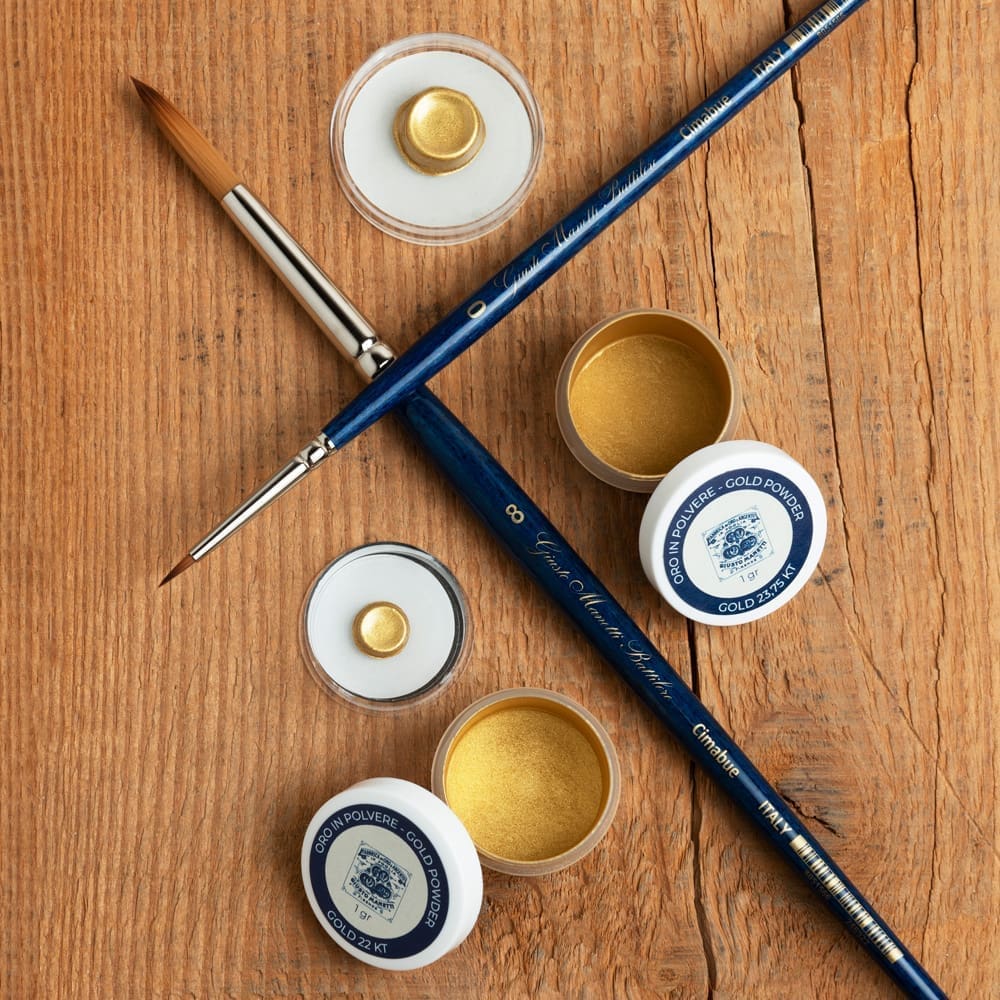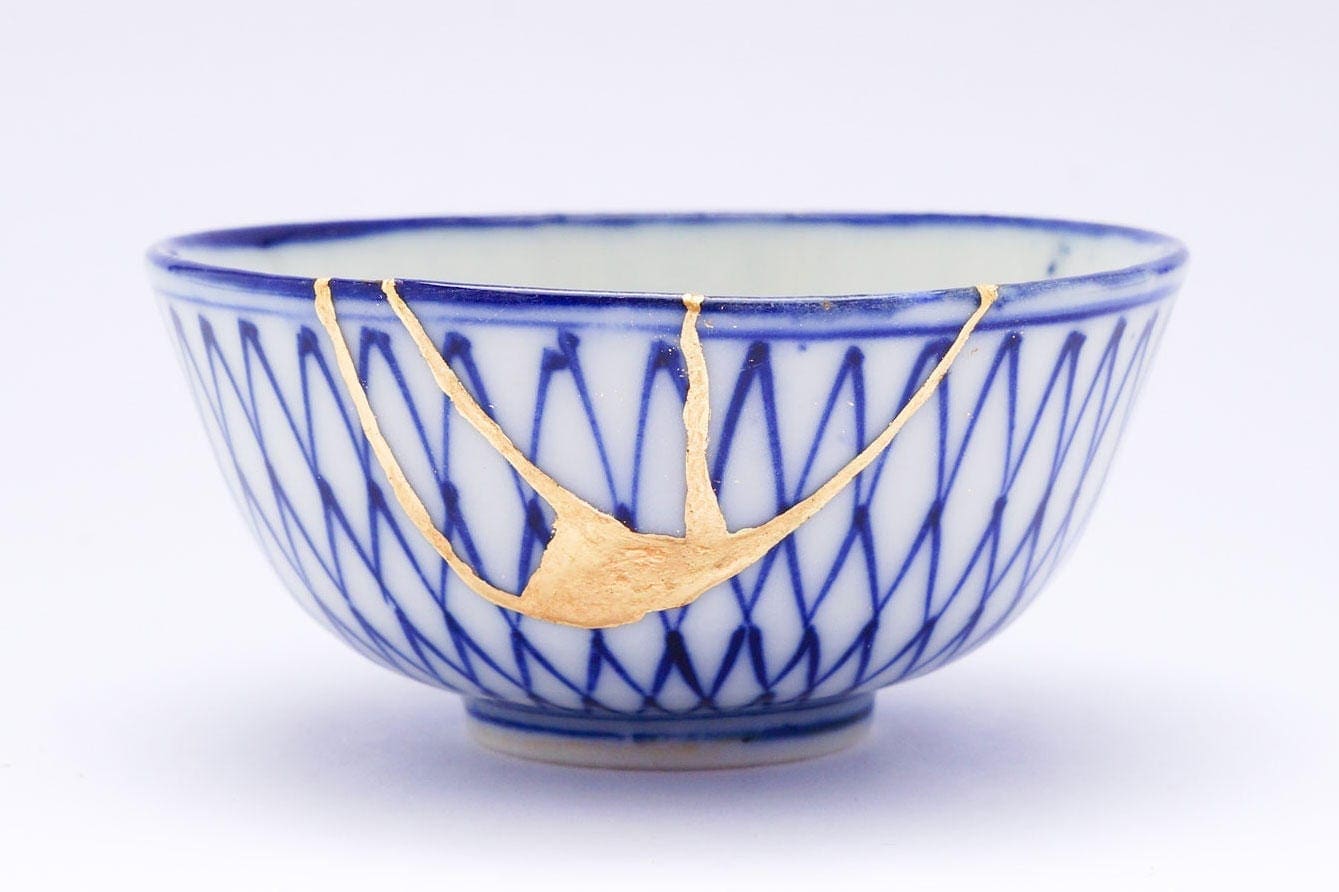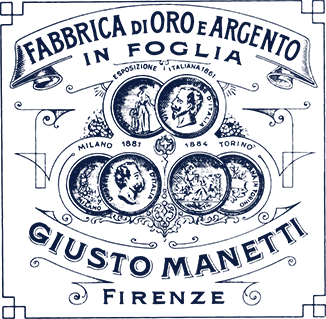Turning mistakes into opportunities: this is the meaning of Kintsugi (literally ‘kin’ = gold and ‘tsugi’ = reunion), an ancient Japanese art which uses gold and silver leaf and powder to join up fragments of broken pottery.
Born in the 15th century, this simple, ingenious and incredibly poetic technique is based on the idea that injuries and damage can also be seen as opportunities for change and improvement.
In Kintsugi pottery is reattached using 24kt gold leaves applied using a glue, traditionally urushi lacquer, which was made for thousands of years from tree resin. Every single piece of pottery repaired using delicate, precious gold leaf is a one-of-a-kind item designed by the always different lines of the breakage and the love they are repaired with. Objects are thus given a new lease of life and made priceless, just like we are.
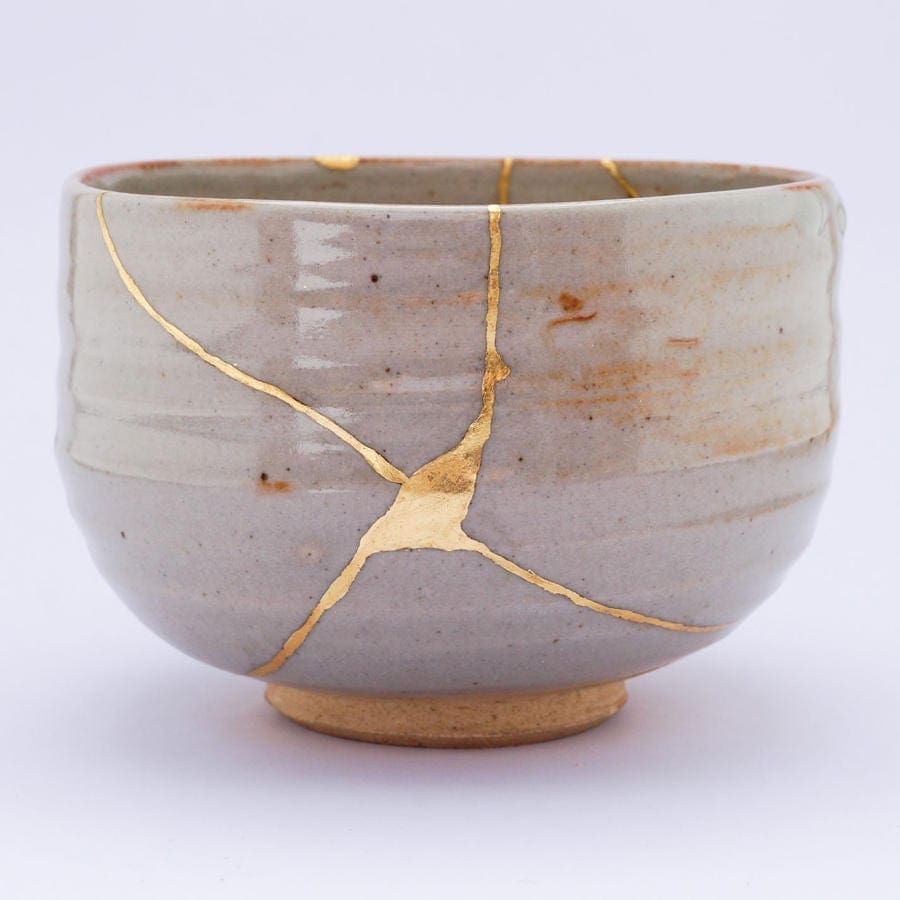
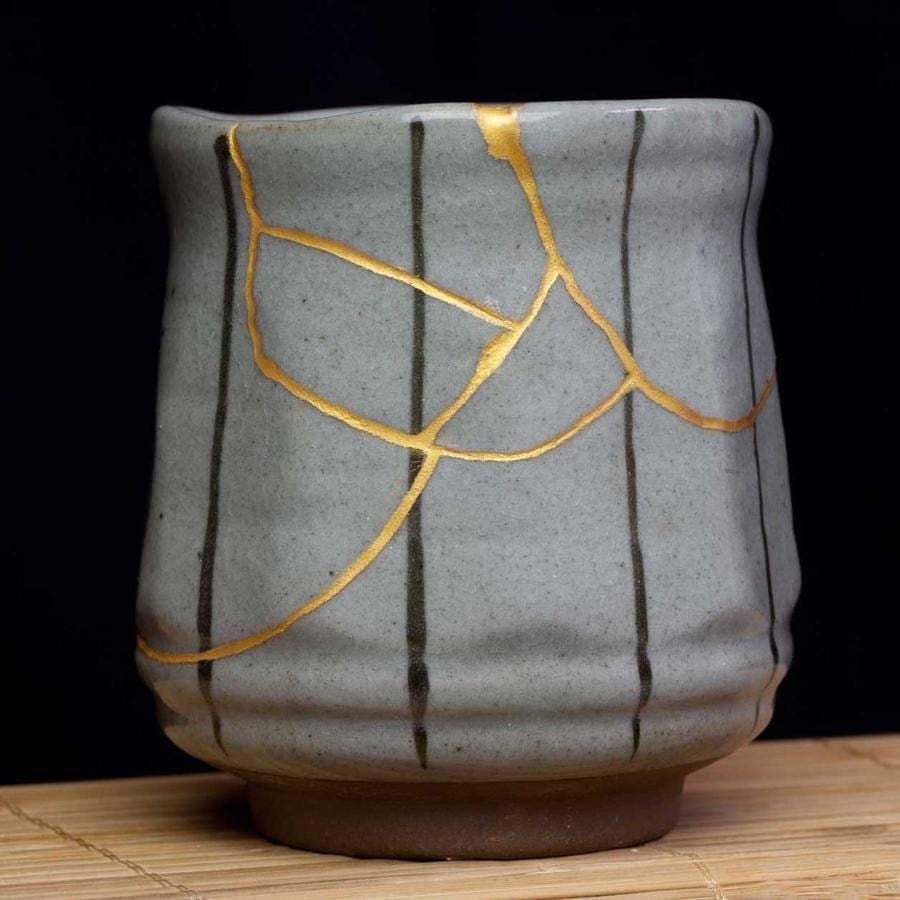
The gold powder miracle
The invention of the Kintsugi technique is traditionally attributed to Ashikaga Yoshimasa, eighth shogun of the Ashikaga shogunate. When he broke his favourite tea cup, he sent it to China for repair but the rough metal alloys it was repaired with left him totally dissatisfied.
He thus decided to entrust it to Japanese artisans who had the surprising idea of repairing that pottery object of great sentimental value with gold powder, thus making it into a great and extraordinarily valuable masterpiece.
From that moment on the technique’s popularity multiplied. Its success was based on both the attractive appearance of the result and also its profound but easy-to-understand meaning. Paying such great time and attention to repairing an object and using something as precious as pure gold leaves teaches us the art of resilience. This ancient technique explains us that a traumatic event, painful experience or mistake is not a dead end but an invitation to find a new way, reminding us that our wounds can become the precious warp and weave of our life stories. With its gold powder Kintsugi thus teaches us to react positively to adversities, making them an opportunity to make something new of our lives.
Vanity Fair recently told the story of a young woman from Florence, Gioia Di Biagio, who has suffered since childhood from a rare condition which makes her skin ultra fragile. Gioia has made of Kinstugi and gold powder and gold leaves a metaphorical cure for her fragility. Images of her face with her scars traced out in gold and body gilded with gold leaf were made into a photography exhibition, a theatre performance (Io Mi Oro – I Gold Myself) and a moving autobiographical book (Come oro nelle crepe. Così ho imparato a rendere preziose le mie cicatrici (Like Gold in the Cracks. That’s How I Learnt to Make My Scars Precious), ed. Mondadori).

Gold leaf masterpieces
Kintsugi is a slow paced art: repairing an object using resin and gold leaf ground up into powder requires many layers, each of which need to dry, meaning that it can take as long as a month. This, together with the precious nature of pure gold powder, explains why objects made using this technique can be extremely expensive and are offered on the market as veritable art works.
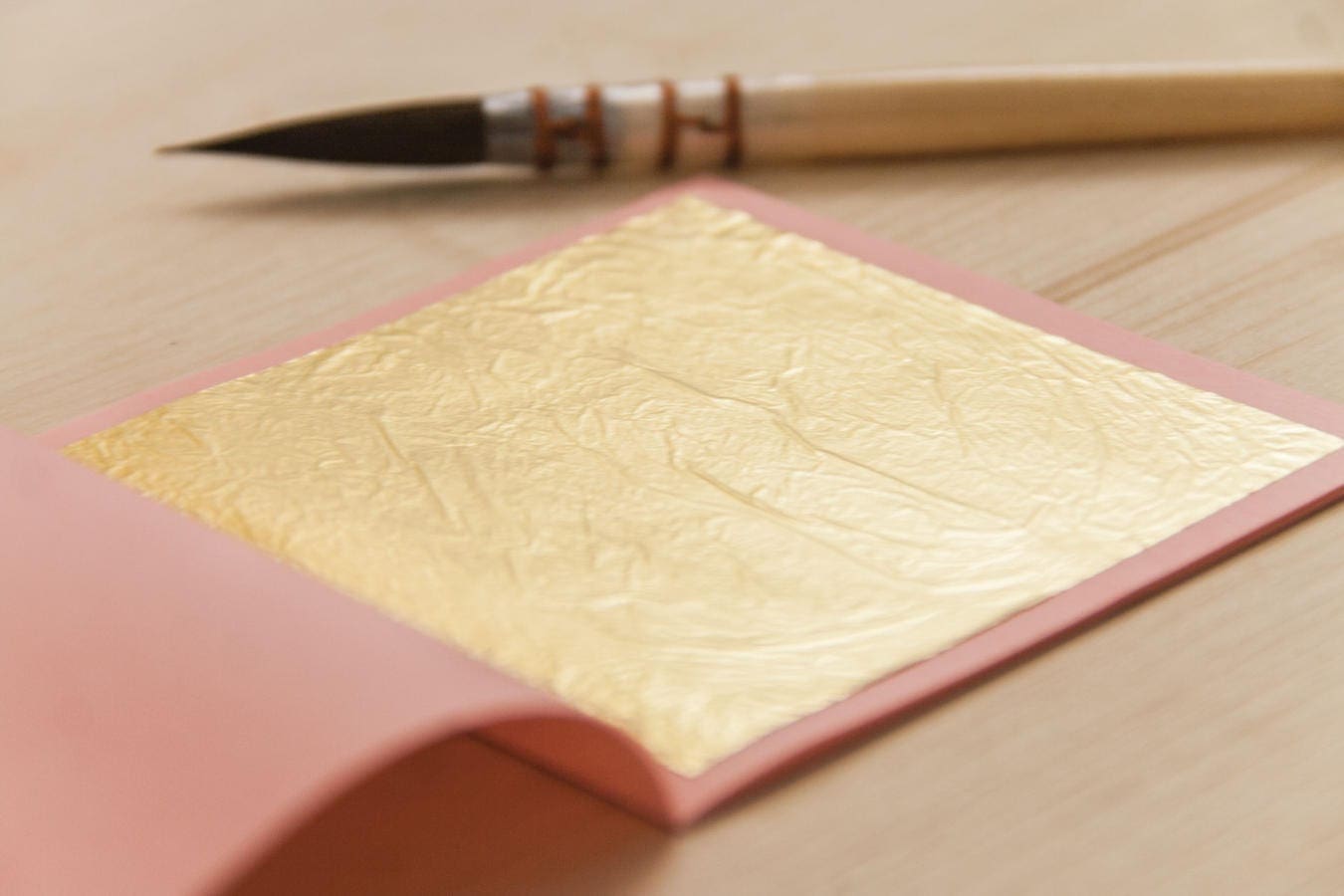
One of Kintsugi’s pop, affordable declinations includes the well-known Seletti design brand which offers a whole tableware range in pottery and solid gold powder, using this ancient Japanese technique in a contemporary, playful way.
Repairing broken items with pure gold leaves also communicates an extraordinarily topical consumer sustainability message inviting us to avoid the temptation to go along with today’s throw-away consumer culture, responsibly, and accord value to the things we have, thinking up new uses for them rather than throwing them away. If you want to try your hand at this art, this is a detailed description of all the Kintusgi ritual passages and this is the perfect Manetti gold powder for this application.
